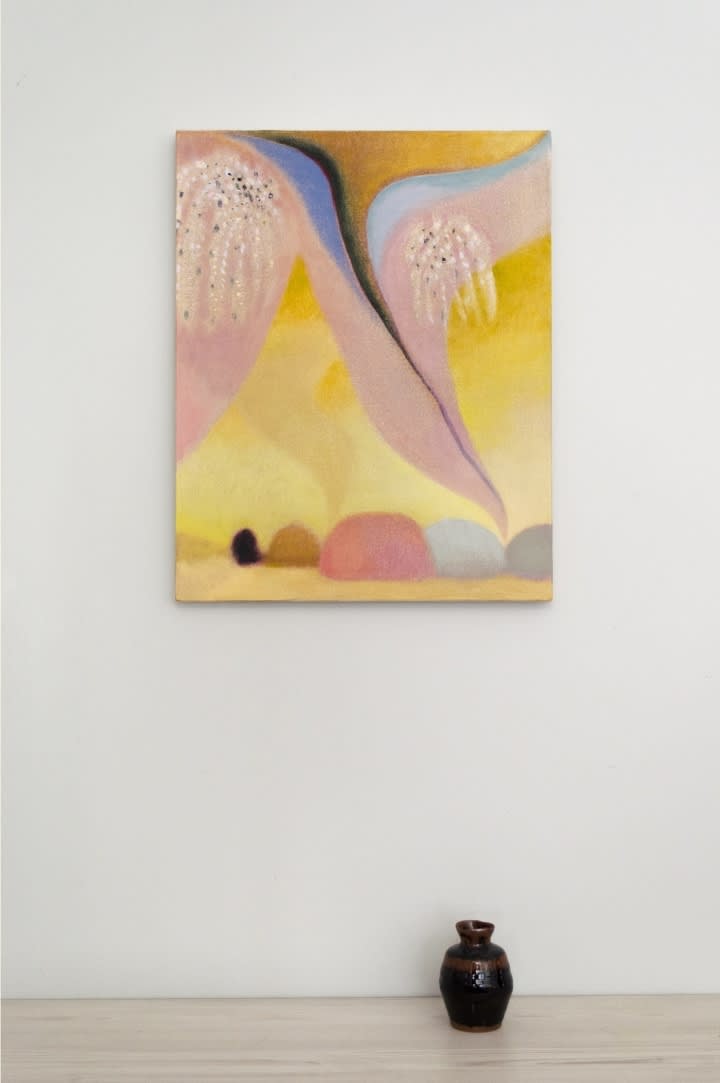AUTHOR’S NOTE: I’ve been asking artists to describe recent shifts in their perception of the art in their collections in light of the ways that a global cataclysm can reshape meaning in artworks that predate it. My questions are: In the context of the Covid-19 pandemic, do you look at your personal collection differently now, and which works in particular? Is there one that especially resonates with you at this weird, frightening moment? And does it take on new meaning?
Robert Burnier (Chicago): Time spent with my collection at home reminds me of the values I place in art that are sometimes in dissonance and resonance with the times. Artistic pleasure, in particular, has a way of meeting me where I am, moving me, regardless of what is happening. Two examples of this are a painting by Kristy Luck and a ceramic by Theaster Gates. Both acquired by mutual trade, they are an embrace of friendship and mutual support. But they also signal to me the undeniable importance of aesthetics, even as they grapple with mysteries, conundrums, and pain.
Kristy Luck’s rich, subtly dynamic paintings evoke a mythic symbolism. She approaches representation only suggestively, from personal observation of things close to her everyday experience. Her work has a biomorphic, visceral sensuality and a talismanic, architectural integrity to go with their dreamlike color spaces. Luck, whom I also know from graduate school, has always struck me as preferring the action of making over talking. For me, an artist who is sometimes fond of words, it is an important reminder of where everything is supposed to go, that the words must at some point fall away. The particular work I have, “Tornado,” speaks of something like a beautiful chaos. For better and for worse, when we are at a loss to explain something, aesthetics is one place to look for some clues about ourselves and our situation.
Theaster Gates’ small brown ceramic was a gift in exchange for writing a “Letter on Black Progress” in his catalog for How to Build a House Museum at the Art Gallery of Ontario. This kind of exchange with Gates and participatory gesture typifies his continual community engagement, but also signals, in its modest way, how renewal is as important as critique. Gates’ last show at Richard Gray Gallery, Every Square Needs a Circle, also brought pottery into his conceptual framework. Within a large, steel grid structure stood multiple sculptures and ceramics that signaled places of personal and group strength within the challenge of a larger space. We may not soon live in a world free of the need for these tensions to be presented in art, but even in better times, the record of that struggle would serve us indefinitely.
